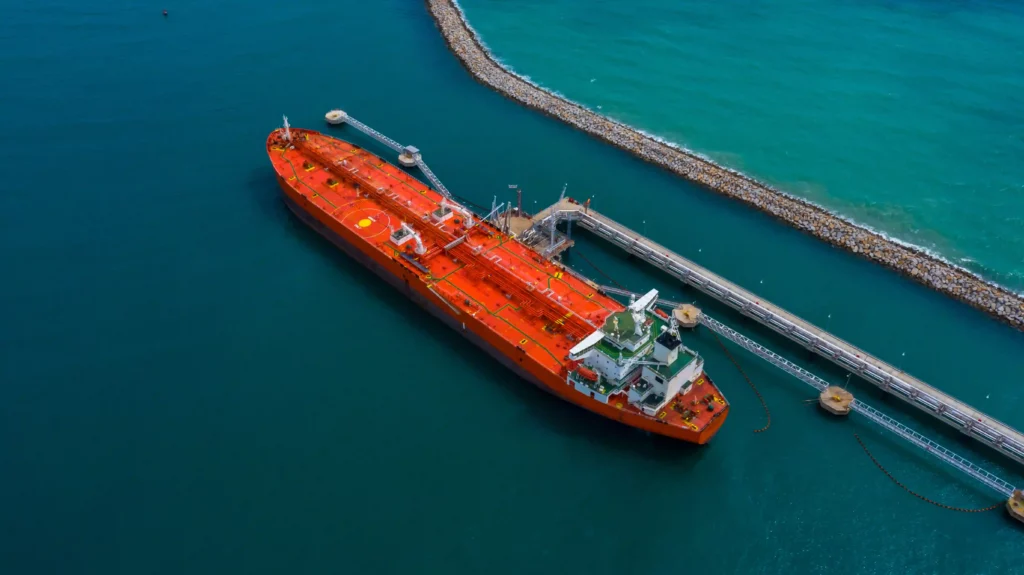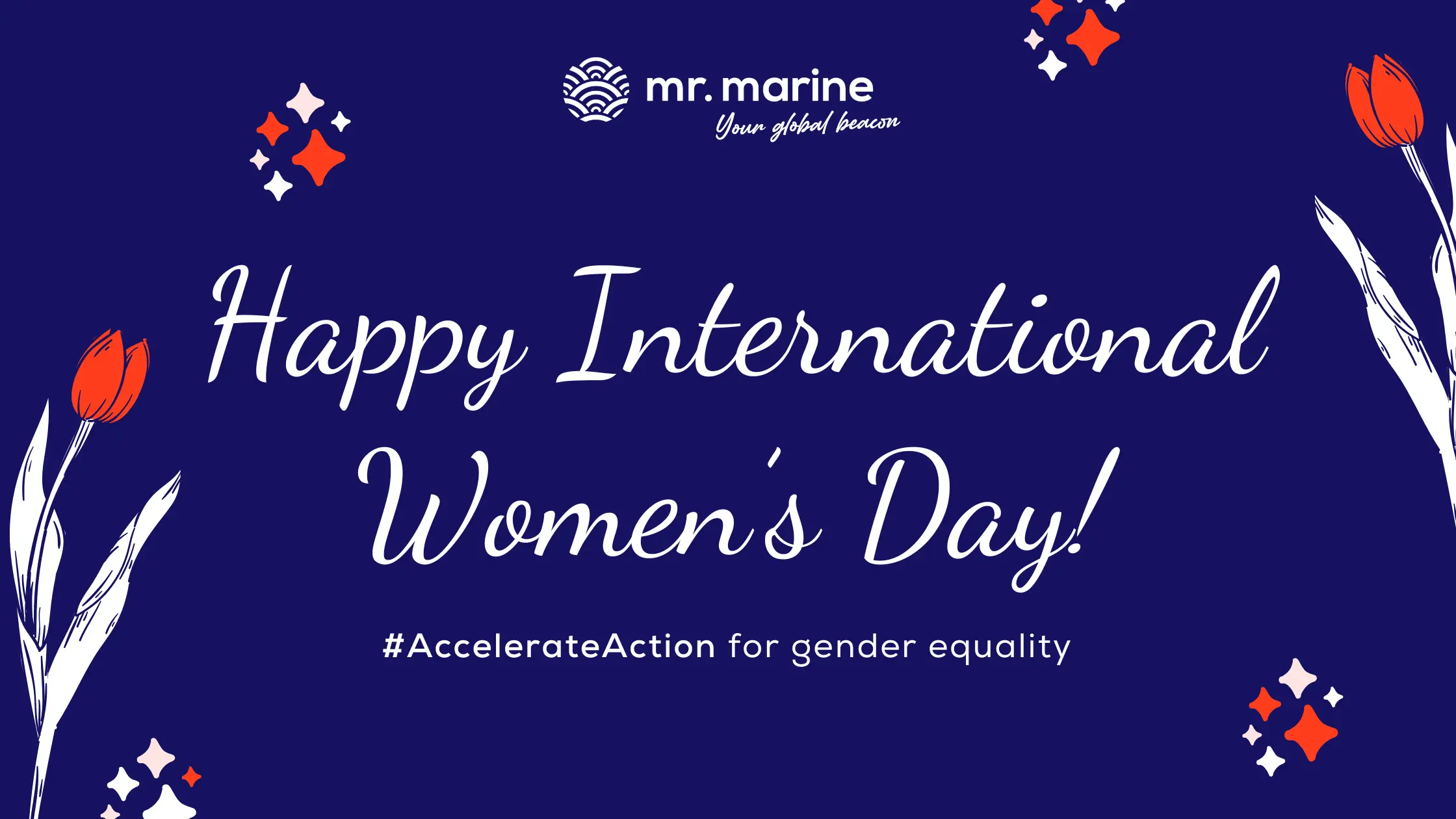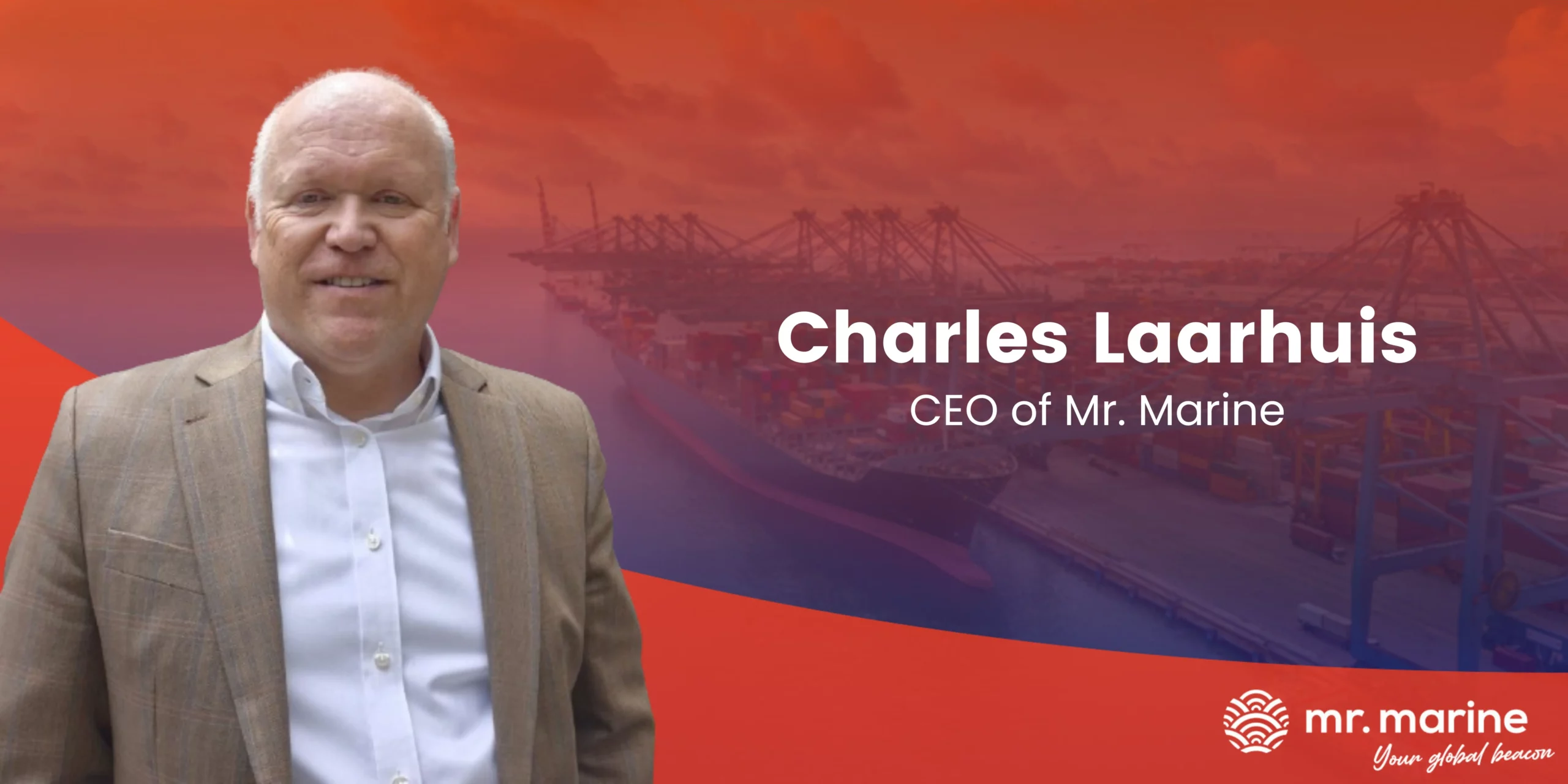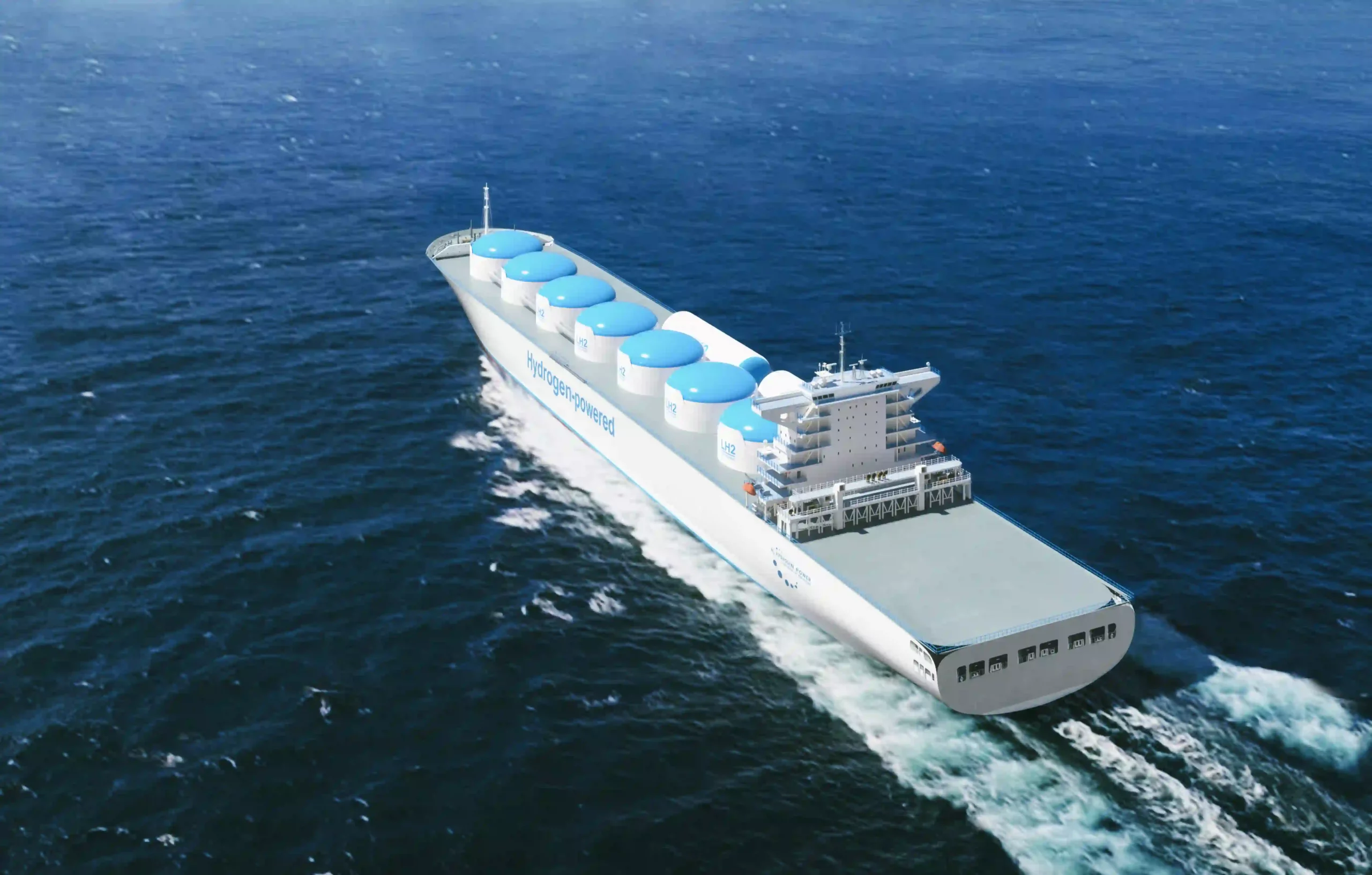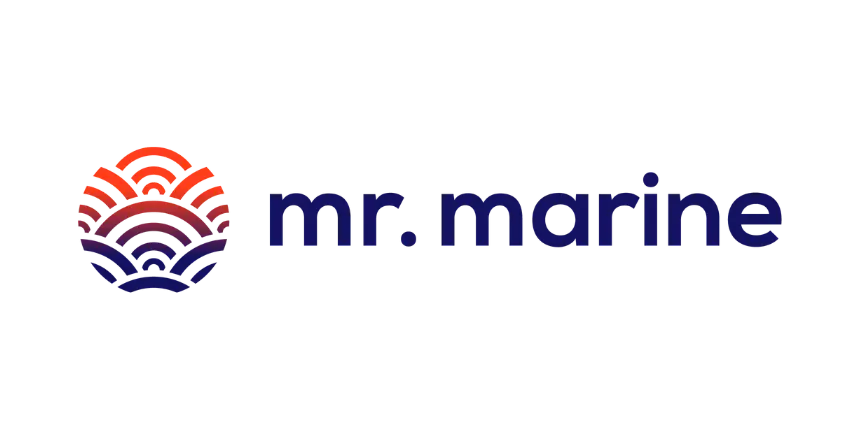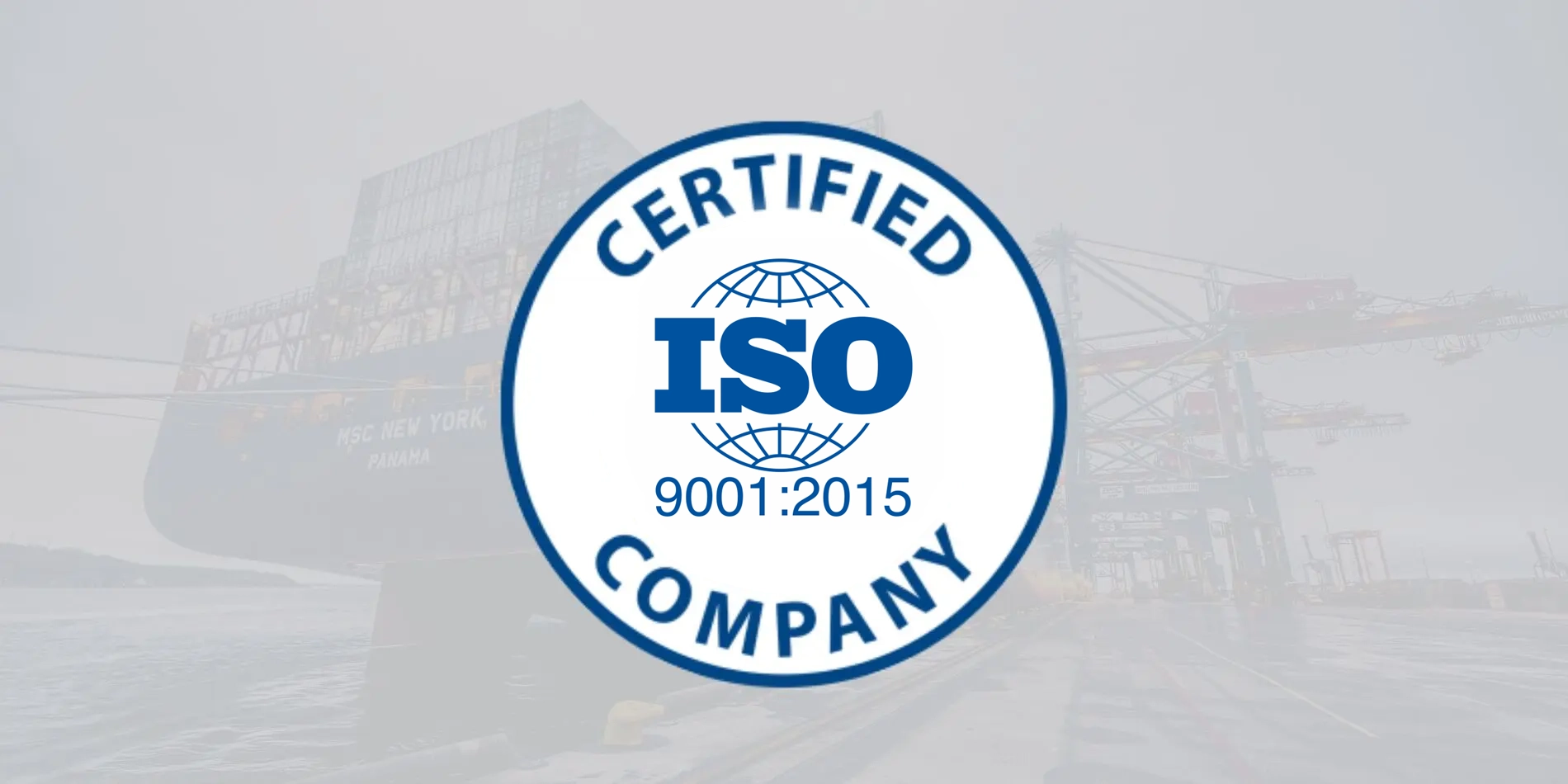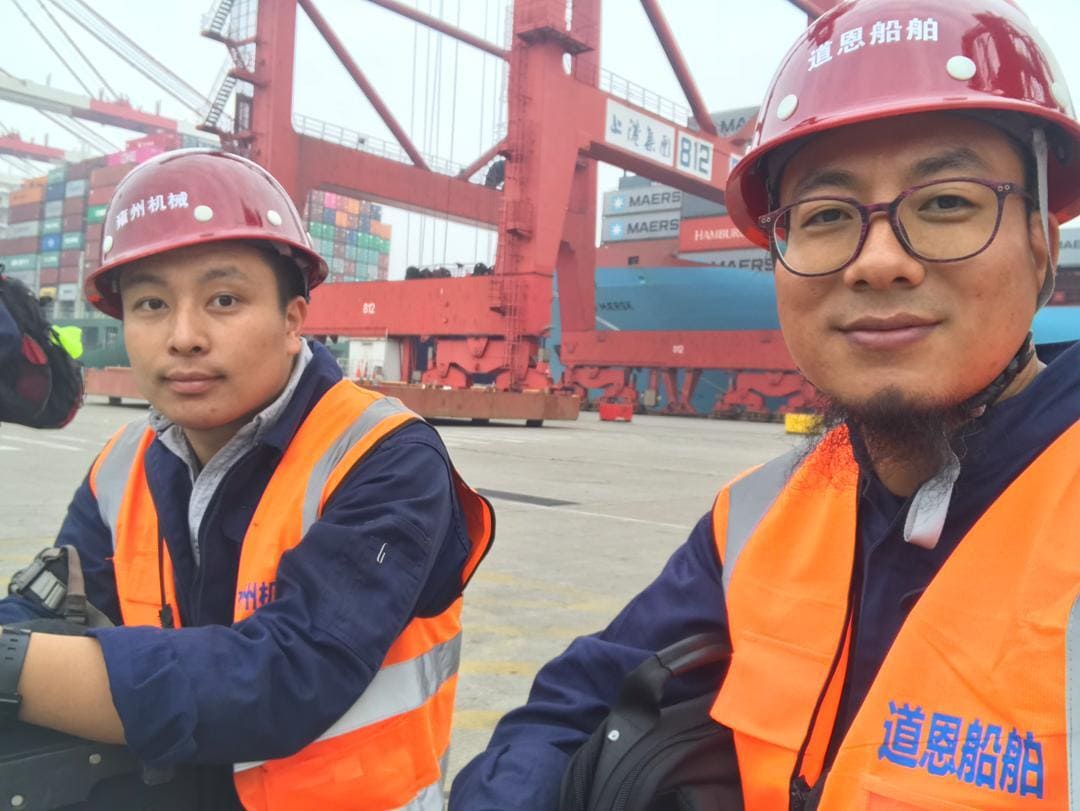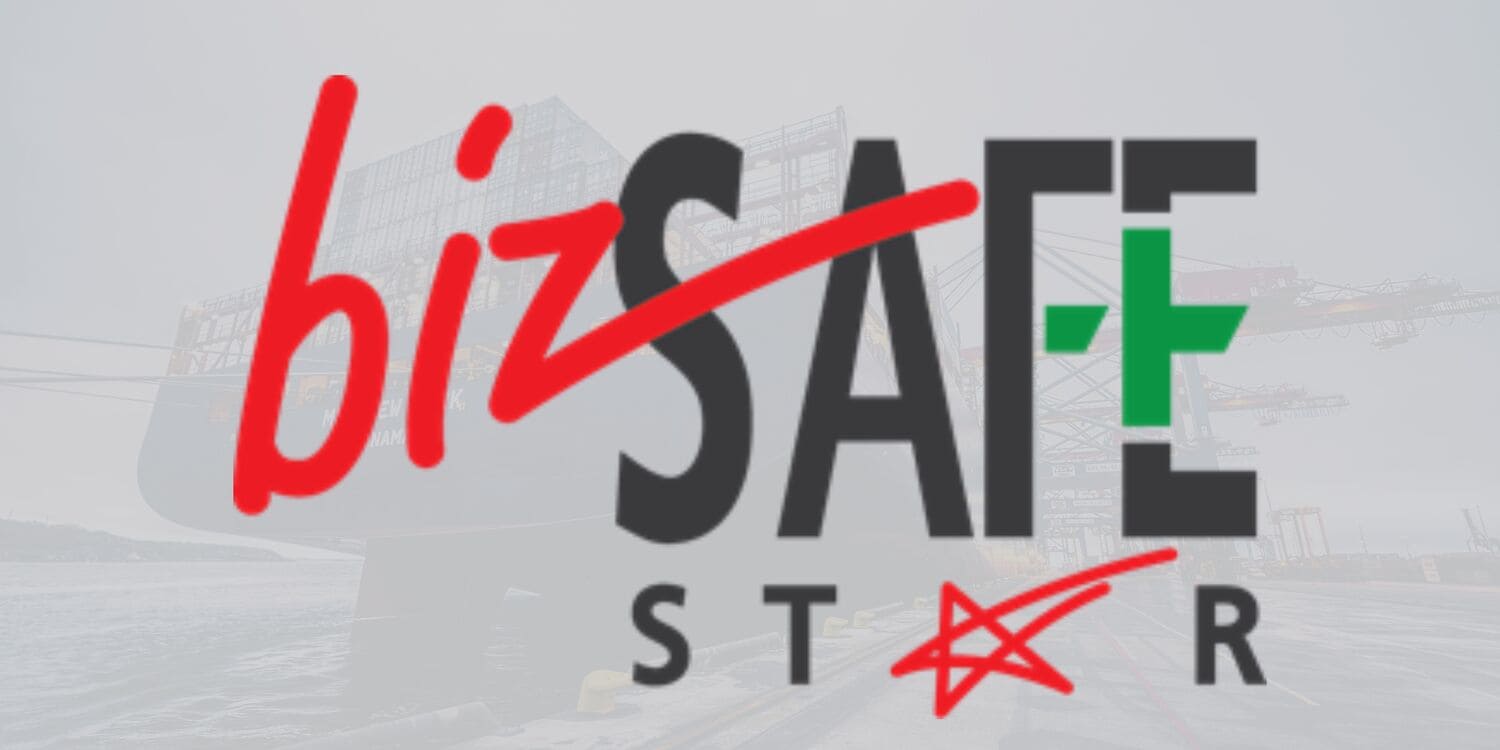What is SOLAS?
SOLAS, also known as the International Convention for the Safety of Life at Sea, is generally considered one of the most important international maritime treaties with regards to merchant ships. Its scope revolves around setting the minimum safety standards and measures in the construction, equipment and operation of these vessels. SOLAS is one of the core pillars of the International Maritime Organization (IMO), along with MARPOL – International Convention for the Prevention of Pollution from Ships.
The name ‘SOLAS’ is an acronym that stands for “Safety Of Life At Sea”. The SOLAS convention which is enforced today is the version from 1974, commonly referred to as SOLAS 1974. The first version of SOLAS was ratified in 1914, as a response to the Titanic disaster. The second followed in 1929, while the third and the fourth came in 1948 and 1960, respectively.
SOLAS 74 consists of Articles and an Annex. The articles amount to 13 articles that touch upon general obligations, procedures of amendment, the ways in which a state can become a member of the SOLAS convention, etc. A comprehensive list of the participant states to SOLAS can be seen here.
The SOLAS Chapters
On the other hand, the Annex introduces regulations of a more technical nature, under 14 chapters, with the purpose of defining safety provisions and processes. These chapters of SOLAS bear the most interest to vessel owners and ship managers worldwide. The 14 SOLAS chapters are as follows:
- Chapter I – General Provisions
- Chapter II-1 – Construction – Subdivision and Stability, Machinery and Electrical Installations
- Chapter II-2 – Fire Prevention, Fire Detection and Fire Extinction
- Chapter III – Lifesaving Appliances and Arrangements
- Chapter IV – Radio Communications
- Chapter V – Safety of Navigation
- Chapter VI – Carriage of Cargoes
- Chapter VII – Carriage of Dangerous Goods
- Chapter VIII – Nuclear Ships
- Chapter IX – Management for the Safe Operation of Ships
- Chapter X – Safety Measures for High-Speed Craft
- Chapter XI-1 – Special Measures to Enhance Maritime Safety
- Chapter XI-2 – Special Measures to Enhance Maritime Safety
- Chapter XII – Additional Security Measures for Bulk Carriers
- Chapter XIII – Verification of Compliance
- Chapter XIV – Safety Measures for Ships Operating in Polar Waters
Chapter IX of SOLAS 1974
The current article will focus mostly on Chapter IX, which refers to the Management for the Safe Operation of Ships.
Chapter IX consists of 6 regulations, with each individual regulation containing relevant information about a particular subject. The six regulations of SOLAS Chapter IX are stated like this:
- Regulation 1 – Definitions
- Regulation 2 – Application footnote
- Regulation 3 – Safety management requirements
- Regulation 4 – Certification
- Regulation 5 – Maintenance of conditions
- Regulation 6 – Verification and control footnote
Regulation 1, as per its name, includes definitions of the most common terms used in the convention, such as company, oil tanker, chemical tanker, etc.
Regulation 2 states the types of ships that the chapter applies to, namely:
- Passenger Ships
- Oil Tankers
- Chemical Tankers
- Gas Carriers
- Bulk Carriers
- Cargo High-Speed Craft of 500 Gross Tonnage and Upwards
- Other Cargo Ships and Mobile Offshore Drilling Units of 500 Gross Tonnage and Upwards
Regulation 3 affirms the requirements for safety management, i.e. that (1) the company and the ship need to be compliant with the requirements of the International Safety Management Code and (2) the company which operates the vessel needs to hold a Document of Compliance.
Regulation 4 specifies which documents the company needs in order to achieve proper certification, which are the following:
- Document of compliance, issued by the Administration, by an organization recognized by the Administration, or at the request of the Administration by another Contracting Government;
- A copy of the Document of Compliance, which needs to be kept onboard the vessel;
- A Certificate, also called Safety Management Certificate, issued by the Administration or an organization recognized by the Administration.
Regulation 5 declares once more that the safety management system needs to be in accordance with the provisions of the International Safety Management Code.
Regulation 6 sets forth the specifications related to verification and control, making 2 main points.
First, the safety management system of the vessel needs to be periodically verified by The Administration, another Contracting Government at the request of the Administration or an organization recognized by the Administration.
Second, vessels required to hold the Certificate mentioned in Regulation 4 will be subjected to control as per Regulation 4 of Chapter XI.
Mr. Marine ensures the safety and compliance of your vessels
Overall, Chapter IX of SOLAS 1974 provides a comprehensive description of all the necessities required from merchant vessels, in order to be fully compliant in terms of the management of safe operations or, respectively, safety management.
Unsure about the safety and compliance of marine equipment onboard your vessels? Contact Mr. Marine now and together we can devise a plan to address all of your pain points. We manage projects ourselves, being present in a multitude of ports around the world, and our technicians have extensive knowledge in getting your marine electronics to be safe and compliant.


